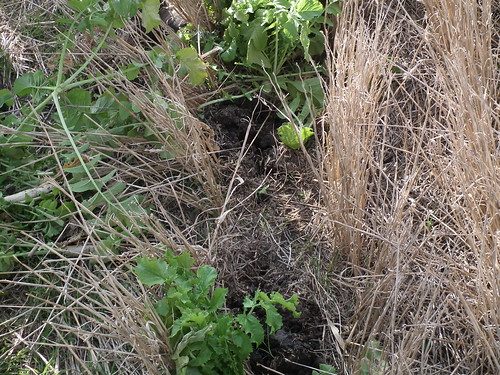Planting rows of corn alternately with rows of clover is an example of?

Image by NRCS SD
Raleigh Leesman, Farmer, Hughes County, SD – Raleigh Leesman planted a straight radish cover crop into winter wheat stubble to simulate “natural strip till.” In 2012, he is planting corn in that field. Leesman’s purpose for using the radishes was to increase biological activity specifically in the strip that would enhance residue breakdown to allow the soil to warm-up more quickly in the spring for planting corn. By using the cover crop strip–planting technique, Leesman is using the remaining wheat stubble to protect the soil between the rows of corn. This particular soil type, Promise, is a heavy clay soil. “My plan with this cover crop is to breakdown the residue in the row where the corn will be planted next spring, I am hoping the area will be a dark strip so the soil warms up quickly in these heavy clay soils,“ he said. Leesman is also using this cover crop strip-planting technique on Highmore soils which are more typical in Central South Dakota and east of the river. Leesman is evaluating the use of cover crops for “green” ways to manage his fields. “It looks like the radishes in my field will net the same effect as strip-till only without the machinery,” says Leesman. Mr. Leesman pulled up these radishes to show the length of the radish roots.
Photo by USDA NRCS SD Jason Miller, Pierre.
Question by nicca: Planting rows of corn alternately with rows of clover is an example of?
A. strip cropping.
B. terracing.
C. planting cover crops.
D. planting windbreaks.
Add your own answer in the comments!

8 Responses to Planting rows of corn alternately with rows of clover is an example of?